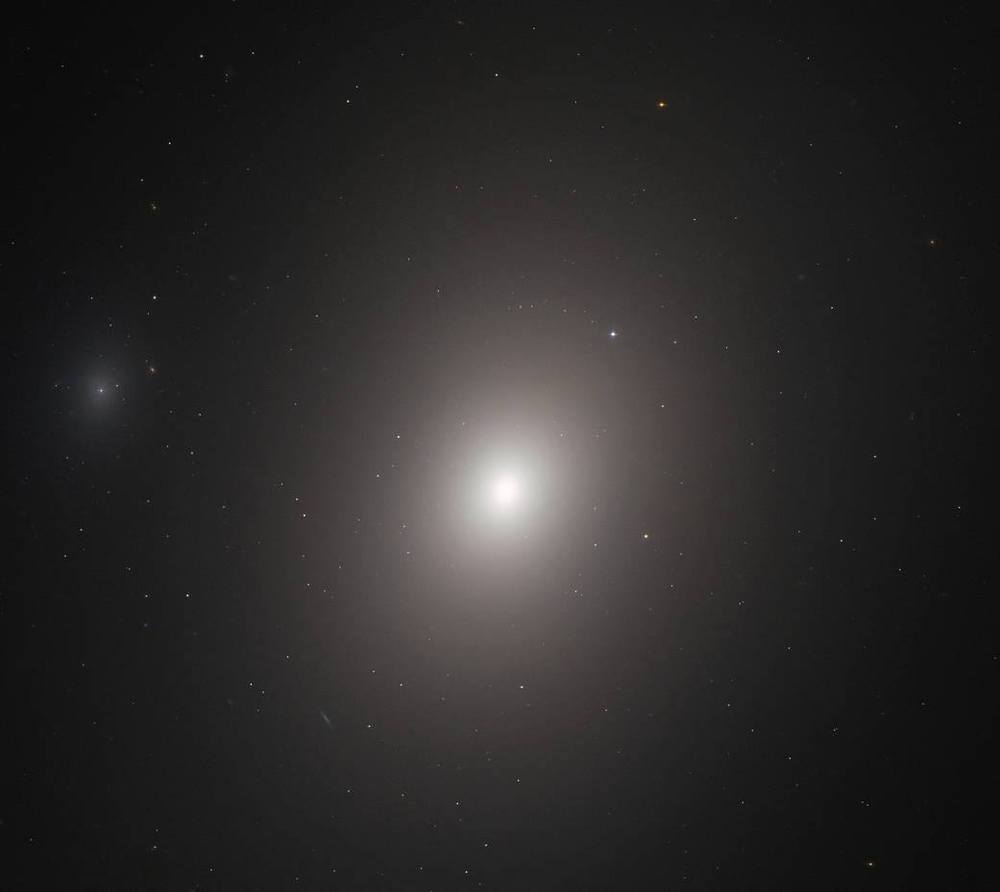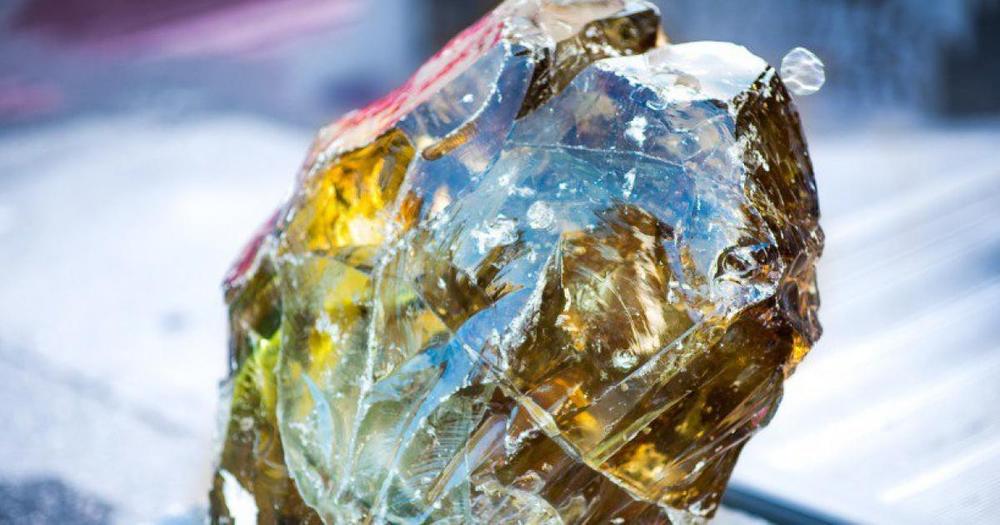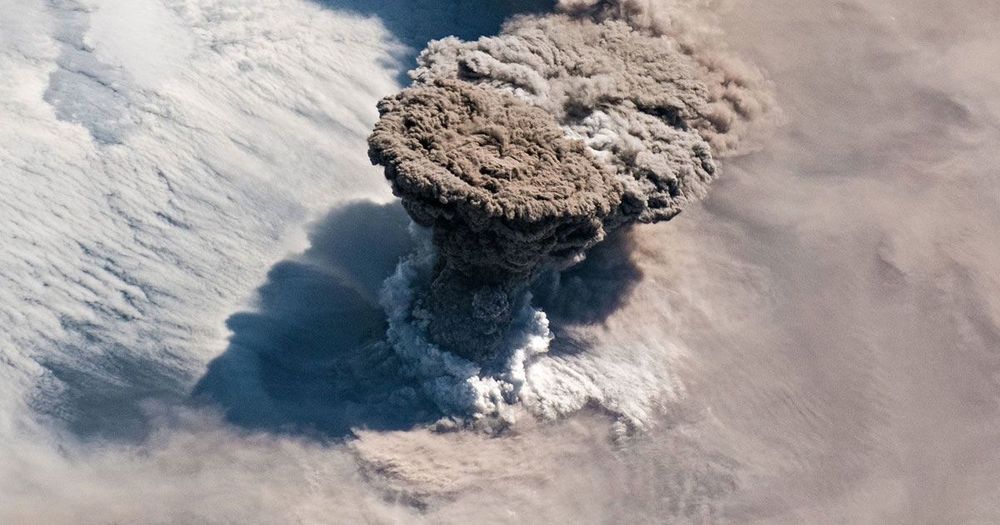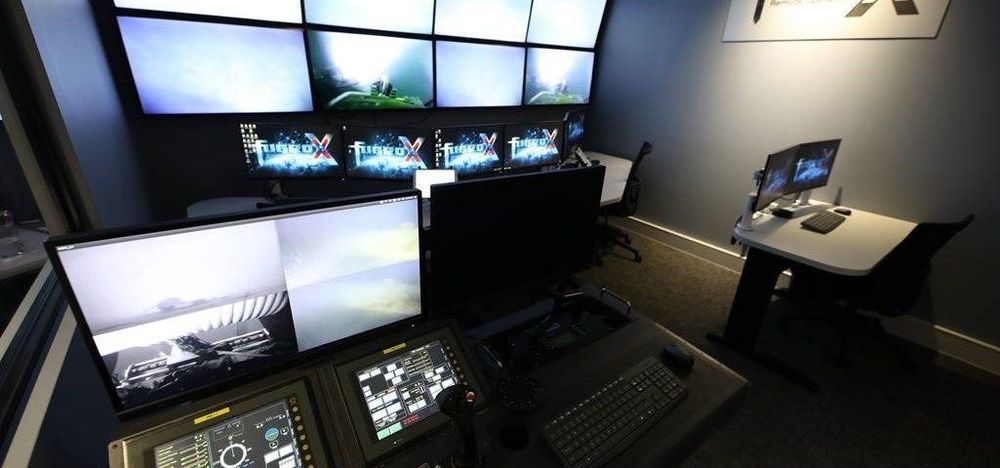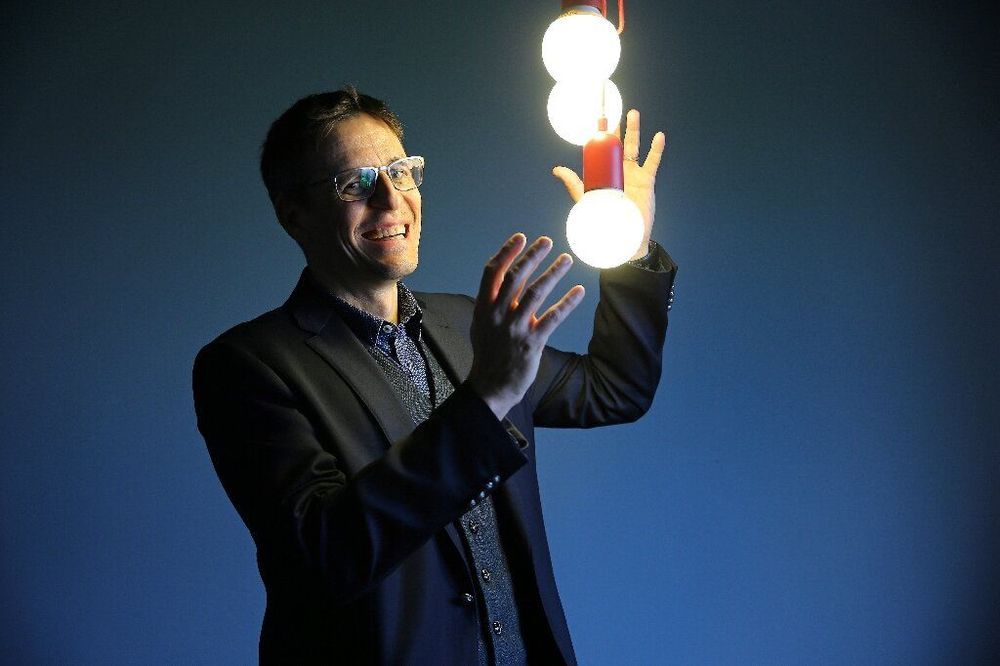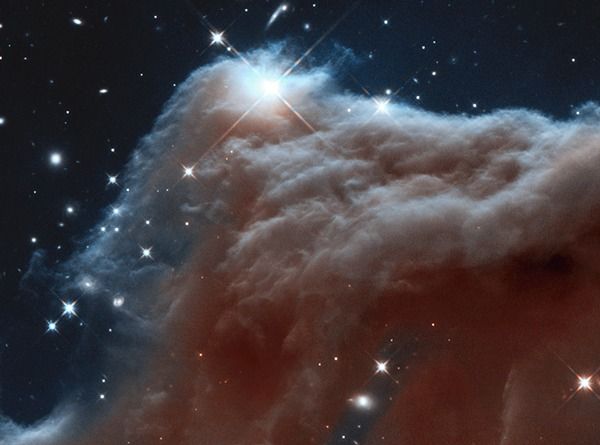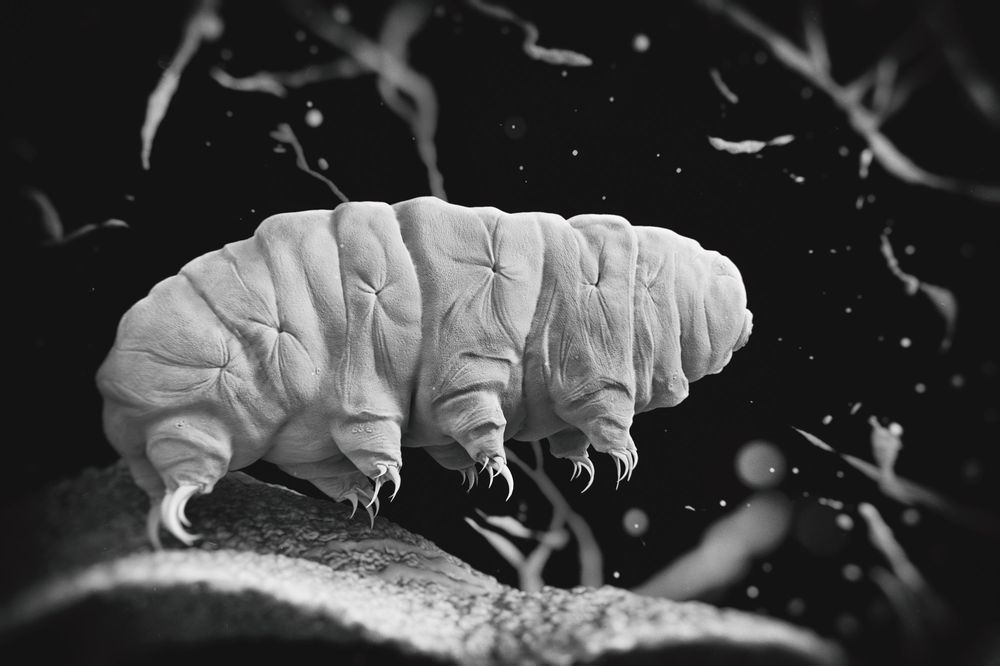Despite the level of understanding and knowledge the world has about so many things, everyone is still getting excited about new discoveries and this one is no exception. A rare meteorite, which was found in Siberia, contains a crystal, or at least what appears to be a crystal. The mineral itself is quite rare as well and is also a mystery. While crystal is the term used to describe it, no one’s sure what it actually is but here’s what they know so far:
A fair few years ago now, scientists discovered a small piece of a mineral that was created shortly after the solar system, some four and half billion years ago. The mineral was brought to Earth by the Khatyrka meteorite, which landed in Eastern Siberia. Obviously, a 4 billion-year-old mineral would be incredibly interesting to almost anyone, but not so much in this case. It was still quite intriguing but not for its sheer age, as many would expect, but for its atomic structure instead.
The structure that this mineral possesses is one that has never before been found in nature, although it has been created in laboratory environments. It was referred to as a quasicrystal because from the exterior it resembles a crystal, but on the inside, it’s a whole other kettle of fish.
